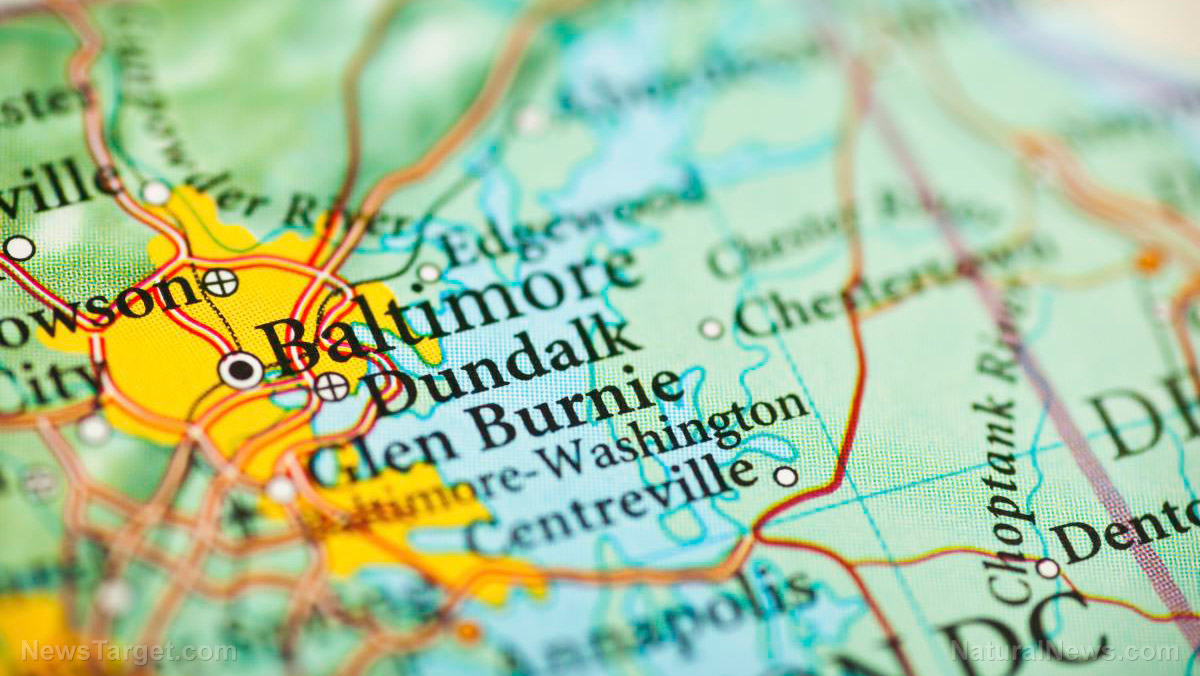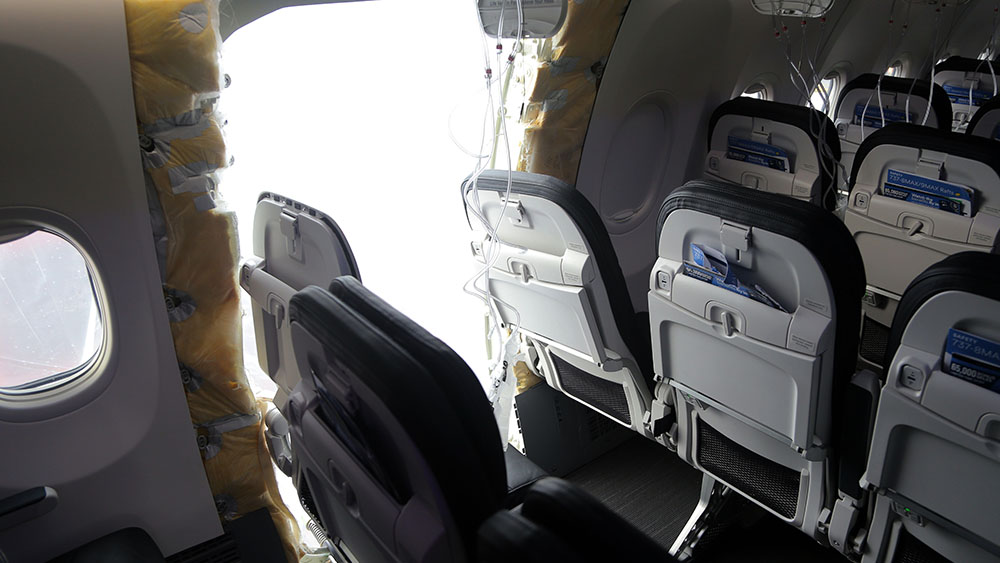
The incident, which took place at around 1:30 AM, caused several sections of the Francis Scott Key bridge to fall into the Patapsco River. Multiple vehicles were crossing the bridge at the time and fell 55 meters into the water.
A crew of eight construction workers was repairing potholes on the bridge at the time, and six of them are believed to be among those missing; two workers were pulled from the water and one is currently in critical condition.
Authorities are working hard to rescue people from the water, which is roughly 50 feet deep. Sonar has detected vehicles in the water, but it is not known exactly how many people may be in the river. They are facing a number of challenges, including dangerous rip currents, tidal flow, coastal flood advisories and cold water temperatures.
Baltimore’s Police Commissioner, Richard Worley, has said they are treating it as an accident and there are currently no indications the act was intentional. However, the White House is monitoring events closely.
Vessel lost power and issued a mayday just moments before strike
The vessel involved in the incident is a Singapore-flagged container ship that was chartered by the shipping giant Maersk. No one on board the ship was injured, and all crew members have been accounted for. The same vessel was involved in a collision with a stone wall at a dock in Antwerp, Belgium, in 2016.
Maryland Governor Wes Moore said that the crew on the ship lost power shortly before the disaster and issued a mayday just moments before it struck the bridge. This enabled authorities to stop additional traffic from entering the bridge, limiting the number of vehicles present when the bridge collapsed.
The port of Baltimore is one of the country’s biggest shipping hubs. The bridge, which opened in 1977, is the outermost crossing for Baltimore harbor and is used by up to 35,000 people every day.
The cargo ship can be seen in video footage colliding with one of the bridges pillar's causing, causing it to snap into pieces and tumble into the river below it. Dr. Ron Harichandran, a civil engineer who serves as the dean of the University of New Haven’s Tagliatela College of Engineering, said that he is not surprised the bridge fell considering the size of the tanker ship and its height. He noted that it may not have collapsed completely if the ship had struck between the piers because of the redundancy designed into bridges. However, with one of its main support structures hit, it was unlikely to remain standing.
An ironworker who helped build the bridge, John Zimmerman, told CNN he was shocked that the bridge went down. “It looks like it hit the only spot it could have hit to take the whole thing down. It hit at probably the weakest part of the bridge,” he said.
Bridge’s collapse will have major economic repercussions
The bridge’s collapse is expected to cause major transportation disruptions for months or even years along the East Coast, according to Maryland officials, who note that it will affect not only ship traffic at the port but also cargo and commuter traffic around the city.
The port is considered a major route for both shipping containers and cruise liners and enjoys a favorable position closer to the Midwest than other ports on the East Coast. It is particularly popular for car shipments and is the biggest American port by volume for farm and construction machinery, along with agricultural products.
State Senator Johnny Ray Salling told the AP: “Losing this bridge will devastate the entire area, as well as the entire East Coast.”
Sources for this article include:
Please contact us for more information.






















